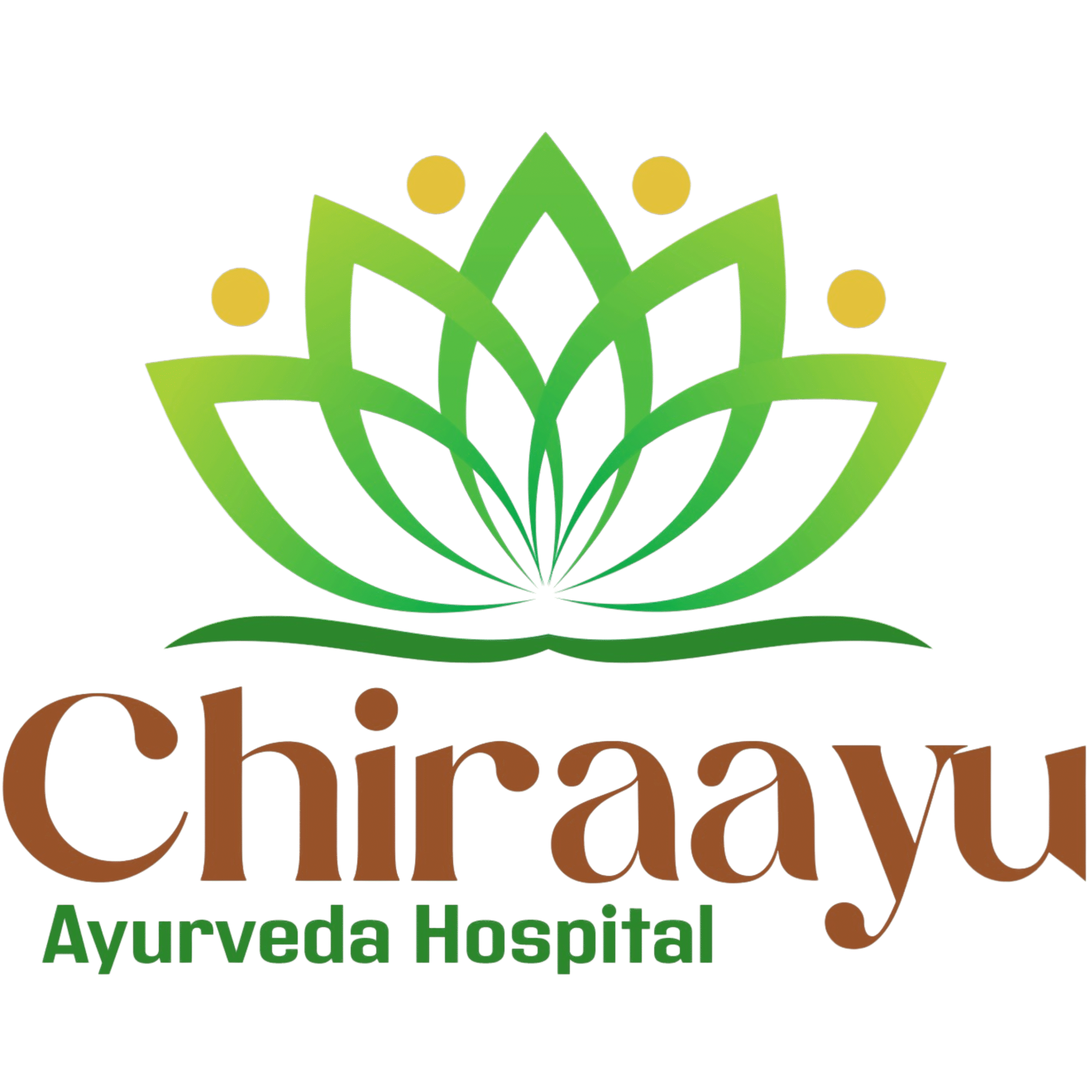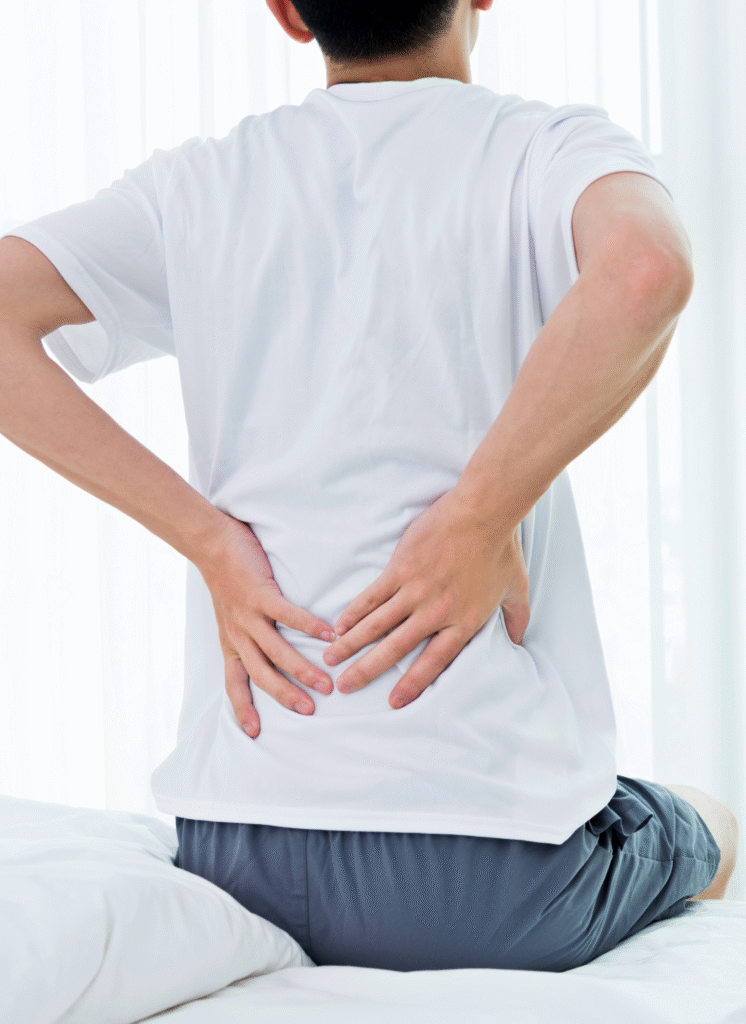Back Pain – Ayurveda
Back pain is one of the most common musculoskeletal complaints today, affecting people across all age groups. Whether it’s the result of a sedentary lifestyle, poor posture, injury, or degenerative conditions like spondylosis or disc herniation, back pain can significantly limit one’s quality of life.
While modern treatments often rely on painkillers or surgery, Ayurveda offers a safe, non-invasive, and long-term solution by addressing the root causes of pain, inflammation, and structural imbalance.
Chiraayu Ayurveda’s Approach to Back Pain – Ayurveda
In Ayurveda, back pain is primarily attributed to an imbalance in the Vata dosha, which governs movement and nerve impulses. When Vata is disturbed, it can cause degeneration, dryness, and restricted circulation in the spine and muscles. Accumulation of Ama (toxins) and weakened Asthi Dhatu (bone tissue) can also contribute.
Common Ayurvedic terms associated with back pain:
Katigraha – Stiffness and pain in the lower back
Gridhrasi – Sciatica (pain radiating to the leg)
Asthi Kshaya – Degeneration of bone tissues
Treatment Methodology at Chiraayu
- Abhyanga – Warm herbal oil massage to relieve stiffness
- Kati Basti – Pooling of warm medicated oil over the lower back
- Pizhichil – Oil bath therapy for muscular and nerve relaxation
- Basti – Medicated enemas to regulate Vata
- Elakizhi or Podikizhi – Herbal poultice massage for inflammation
Frequently Asked Questions
Can Ayurveda cure chronic back pain?
How soon can I expect relief?
Many patients experience relief within the first 7–10 days. Full recovery depends on the severity and chronicity.
Is Panchakarma necessary for back pain?
For long-standing or recurrent pain, Panchakarma therapies like Kati Basti and Basti are highly effective and recommended.

